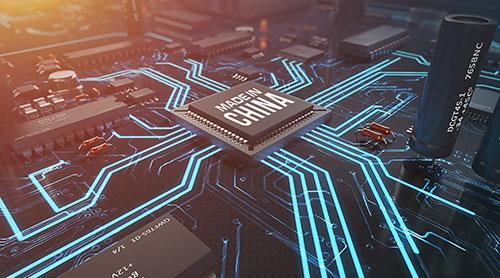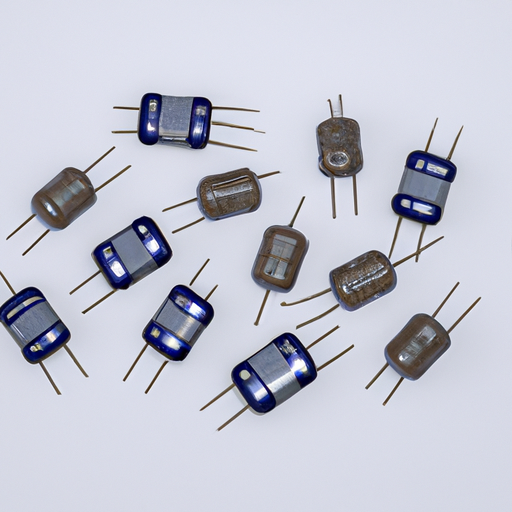PRODUCTS
We provide you with a one-stop service for massive selection of electronic components

INFORMATION
Overview of information, trends, and policy information in the electronic component industry, with a clear view of the world
What is the working principle of Beijing 30W series customization?
What kind of product is the 30w BMW series introduction?
What is the production process of the mainstream Huajing series 30w?
How to choose an off-the-shelf operational amplifier?
What is the market prospects of all 30w Mercedes-Benz series?
What is the production process of the 30w Mercedes-Benz G series?


























